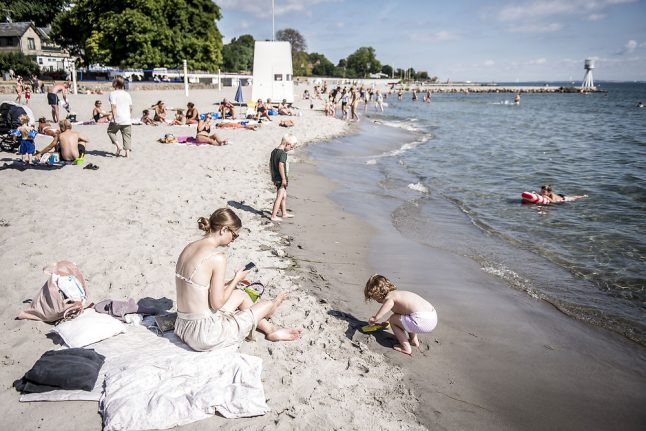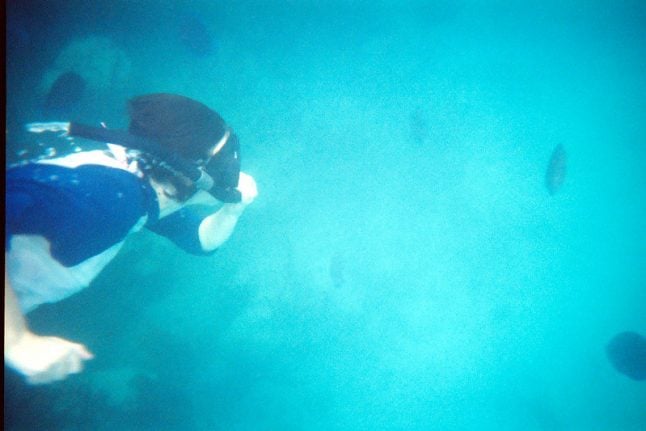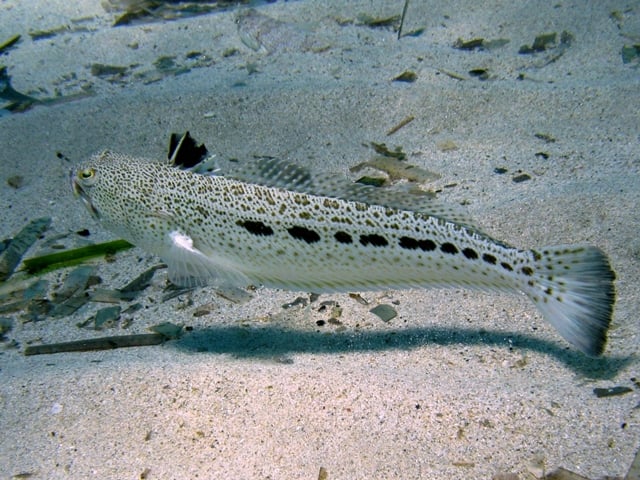Municipalities in the two areas on Wednesday advised the public against bathing at Svanemøllen, Bellevue and Charlottenlund Fort.
But the advisories were lifted again on Thursday, Politiken reports.
Warnings against going into the water were issued due to blue-green algae, which can cause rashes and other allergic reactions, being observed at the beaches.
Copenhagen Municipality had expected more beaches to be affected by the issue as algae float in from the Baltic Sea, according to the report.
But the alarm has since been cancelled for now.
“Our inspectors at Amager Strand [beach, ed.] can see a likelihood of algae there. We are monitoring it, but it is okay to bathe there for now,” head of department Jørgen Lund Madsen of Copenhagen Municipality’s environmental protection unit told Politiken.
The situation in both Gentofte and Copenhagen could change in a matter of hours, however.
It is therefore advisable to keep an eye on the visibility of seawater, Ritzau writes.
A rule of thumb is to stay out of the sea if your toes are not visible in knee-deep water.
READ ALSO: Denmark's waters are cleaner than ever




 Please whitelist us to continue reading.
Please whitelist us to continue reading.